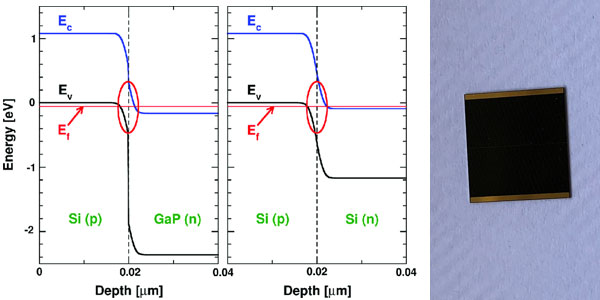Recently, perovskite / planar silicon heterojunction high-efficiency stacked solar cells prepared by spin coating have attracted extensive attention. The main reason is that compared with perovskite / silicon stacked solar cells prepared on suede silicon substrate, its preparation process is simple, its preparation cost is low and its efficiency is high. For planar a-Si: H / c-Si heterojunction cells, good passivation of a-Si: H / c-Si interface is the key to obtain high conversion efficiency, Furthermore, the performance of perovskite / silicon heterojunction stacked solar cells is determined.

Through the comprehensive regulation of hydrofluoric acid (HF) immersion time on silicon wafer surface, hydrogen plasma pretreatment gas flow, a-Si: H passivation layer deposition parameters, hydrogen rich plasma treatment at the interface between passivation layer and p-emitter (I / P), The corresponding optimized process parameters are obtained. The effects of p-a-si: H and p-nc-si: H buffer layer materials on the I / P interface are studied. The p-nc-si: H buffer layer with high conductivity and wide gap can not only reduce the defect state of the I / P interface, but also enhance the dark conductivity of the p-type emitter layer and improve the front surface field effect passivation effect.
Through the above optimization, the best p-type emitter layer / a-Si: H (I) is prepared /The minority carrier lifetime and implied - of c-Si / a-Si: H (I) / n-type layer (inip) structure samples are 2855, respectively μ S and 709 MV, showing good passivation effect. When applied to planar a-Si: H / c-Si heterojunction solar cells, the conversion efficiency reaches 18.76%, in which the open circuit voltage reaches 681.5 MV, which is 34.3 MV higher than that of the non optimized cells. Taking a-Si: H / c-Si heterojunction solar cells as the bottom cells, the open circuit voltage of the corresponding perovskite / silicon heterojunction stacked solar cells reaches 1780 MV, and the conversion efficiency reaches 21.24%.